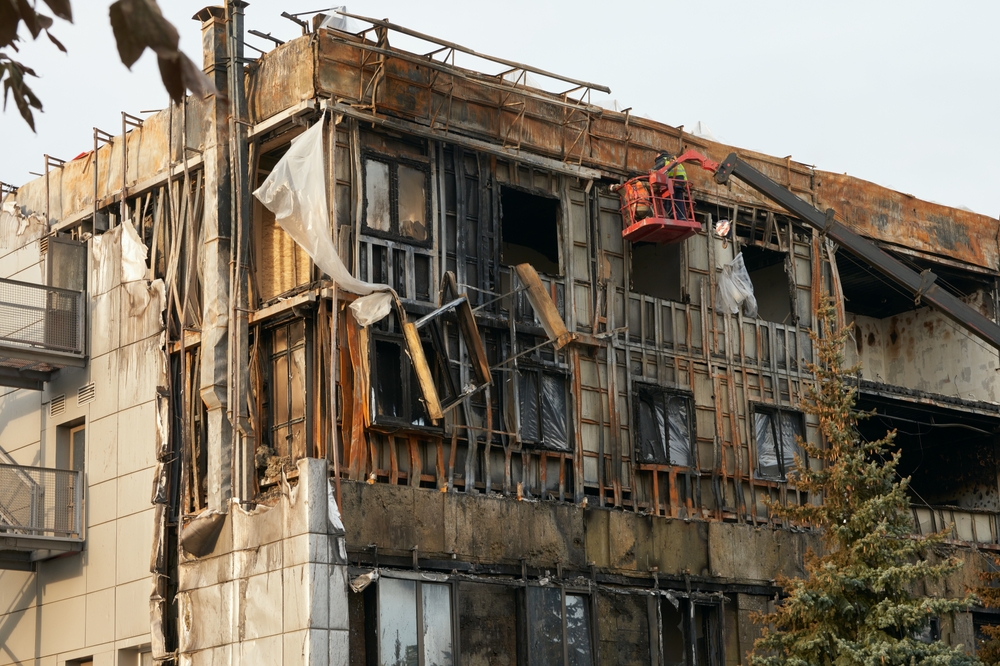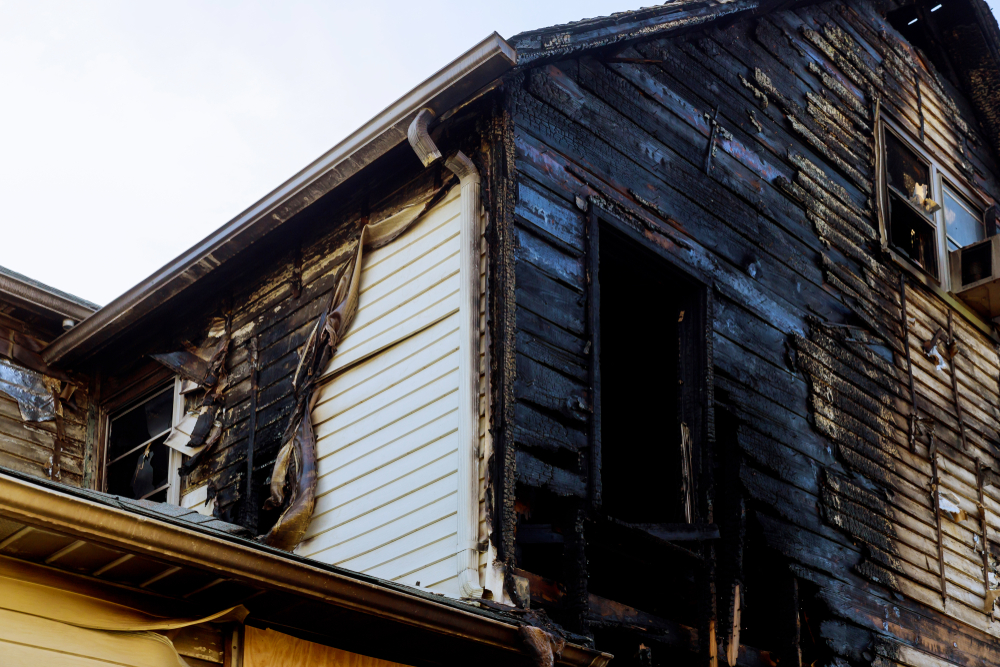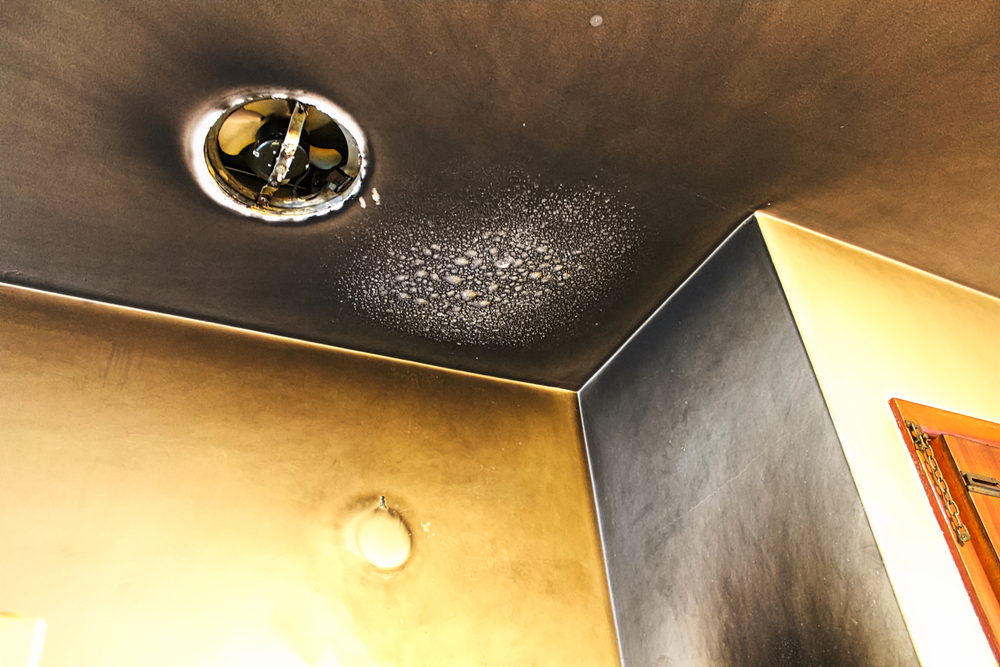A fire can be catastrophic, destroying personal items and furniture. Though many things can be rescued with the correct approaches, the aftermath sometimes seems unbearable. Correct restoration saves money and lessens waste in addition to helping you restore prized possessions. Knowing the healing process can also help one feel in control and hopeful even in trying circumstances. Although some damage can be managed on your own with deliberate effort, severe cases could call for expert help. This thorough guide will walk you through om how to restore fire-damaged furniture and personal items so you have the tools and expertise to approach the work with assurance.
Cleaning Fire-Damaged Furniture
Although at first look many fire-damaged furniture seems unappealing, many items can be returned to its previous splendor with time and effort. The secret is to apply correct tools, methods, and goods.
Soot Removal
Among the toughest problems to solve following a fire is soot. If improperly handled, it can discolor surfaces and spread. This is how to properly handle it:
- Start with a HEPA Vacuum:
- To carefully remove loose soot, use a vacuum with a HEPA filter. To prevent forcing soot deeper into the material, gently move the nozzle over surfaces.
- Use Specialized Cleaning Sponges:
- Get dry cleaning sponges made especially to remove soot. These sponges efficiently lift soot without distributing it across more distance. Always wipe one direction and change the sponge when it gets soaked.
- Apply Cleaning Solutions:
- Choose commercial soot removers found at hardware stores or mix a light cleaning solution using dish soap and warm water. After soaking a soft cloth or sponge in the solution, gently dab the impacted areas. Steer clear of over-saturating fabric furniture or wood to stop water damage. For stubborn soot, do the process gently twice.
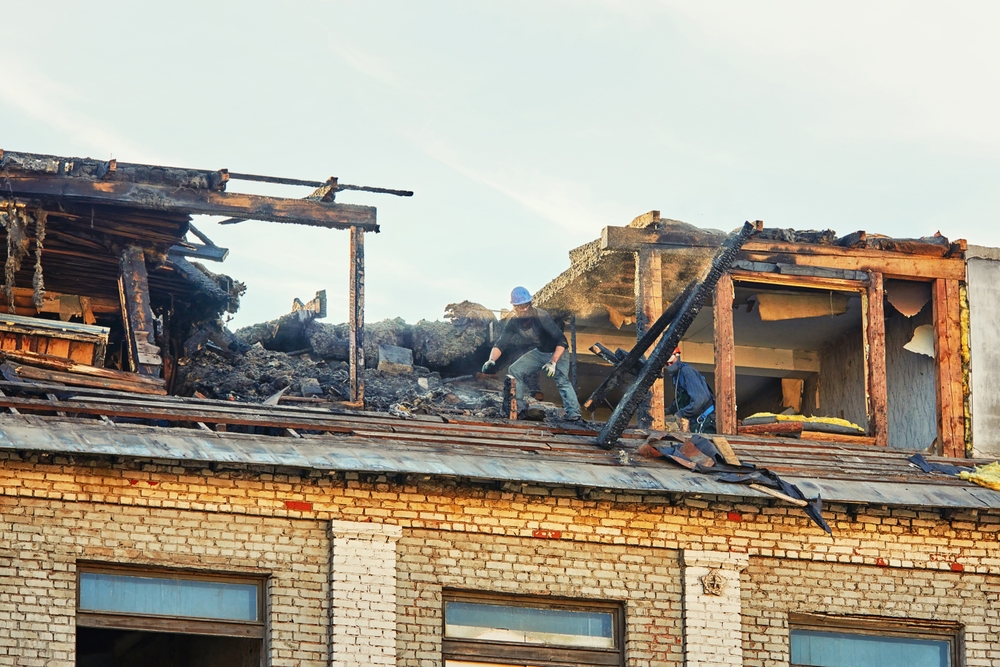
Odor Removal
Your furniture may seem useless even after cleaning since smoky smells persist. Luckily, there are numerous ways to handle this:
- Air Purification:
- To gather and neutralize smoke particles hanging in the air, use air purifiers using activated carbon filters. For best impact, position the purifier near the damaged furniture.
- Deodorizing Materials:
- Near the broken furniture, set bowls of activated charcoal, baking soda, or white vinegar. Over time certain materials naturally absorb smells. Refresh them every few days to be constantly effective.
- Professional Services:
- If smells linger, think about consulting restoration professionals focused in thermal fogging or ozone treatments. These techniques really get into textiles and remove even the worst scents.
Repairs and Refinishing
After soot and smells are eliminated, structural and esthetic damage is next to address. With careful repairs, your furniture will be restored:
- Wood Repair Techniques:
- Fine-grit sandpaper will help you smooth away scorch scars. Take care not to remove more than required.
- Wood filler fills chips or fissures. Sand the surface smooth once dry then apply matching paint or stain for a flawless finish.
- Upholstery Restoration:
- For fabric furnishings, run steam cleaners or upholstery cleaners. To be sure the cleaning solution won’t discolor a small, inconspicuous area first.
- Should upholstery be beyond repair, think about reupholstering the piece with fresh fabric to increase its lifetime.
Restoring Fire-Damaged Personal Items
Restoring personal items has first importance since they often have great sentimental or utilitarian worth. Many of these things are saveable with the correct strategy.
Cleaning and Deodorizing
- Clothes and Linens:
- Under hot water using a heavy-duty detergent, launder articles. Including a cup of baking soda or white vinegar in the rinse cycle helps remove smells. If called for, repeat the washing.
- Use a professional dry-cleaning service to avoid more damage on delicate or precious textiles.
- Electronics:
- Dust off soot first using compressed air or a soft brush. Steer clear of liquids since they might short circuits.
- See a specialist in fire-damaged electronics if the gadget fails to power on following cleaning. Try interior repairs only with experience.
- Books and Documents:
- With a dry sponge or soft cloth, gently clean soot from covers. Lift stains on pages with little soot deposits with an art gum eraser.
- To help to absorb smells, pack books in a tight container with activated charcoal or baking soda. Vacuum freeze-drying techniques allow wet books to be frozen to stop mold growth then recovered.
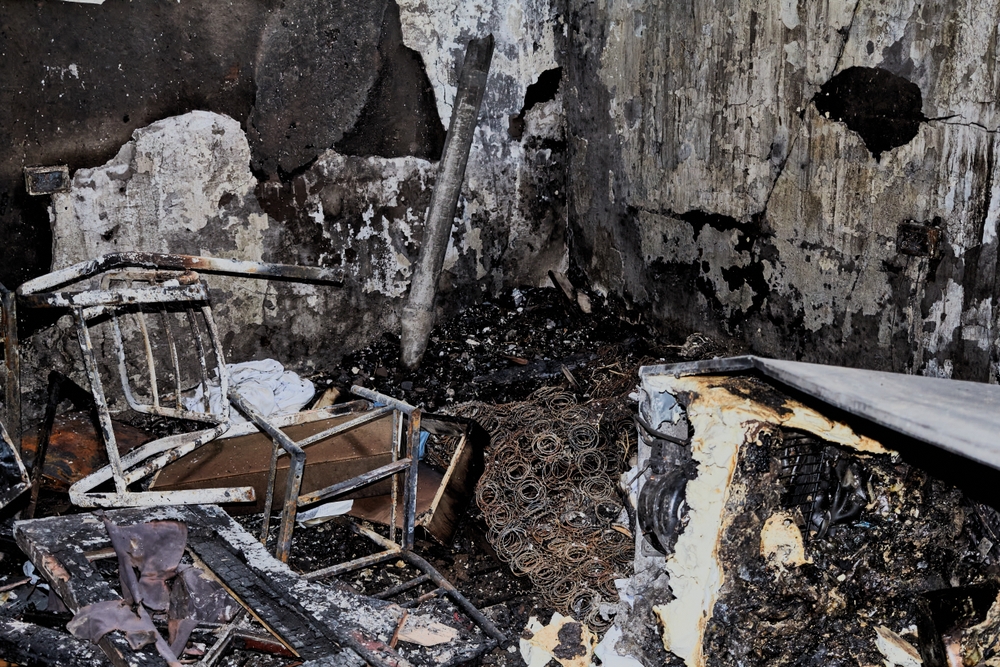
Salvaging Sentimental Items
Some objects, including heirlooms, artwork, and photos, call for particular care to restore without adding more damage:
- Photographs:
- Should photos be stuck together, gently soak them in lukewarm water to separate them. To air dry, lay each picture flat on a non-stick surface—like wax paper.
- Artwork:
- Steer clear of doing valuable piece DIY restoration. See qualified art restorers with the skills and knowledge to properly fix and protect artwork.
- Heirlooms:
- Mild soap and water may usually clean jewelry, porcelain, and other precious objects. See expert cleaning services for delicate or intricate pieces to prevent inadvertent harm.
Disposal of Unsalvageable Items
Not all objects, sadly, are worth saving. Health and safety depend on correctly disposal of these:
- Separate and Evaluate:
- Examine everything closely to see whether it is beyond repair. Items substantially burned or physically weakened should be given top priority for disposal.
- Follow Local Guidelines:
- See your local waste disposal company to learn the correct methods for getting rid of fire-damaged goods. Many towns provide specific services to handle hazardous trash.
Tips for Preventing Future Fire Damage
Reducing the future fire damage risk depends mostly on prevention. Use these ideas to safeguard your house and possessions:
- Maintain Heating and Electrical Systems:
- Plan routine checks for electrical wiring, chimneys, and furnaces. Deal with problems right away to stop breakdowns.
- Use Candles Safely:
- Never leave candles unattended; always set them on solid, non-flammable surfaces. Keep kids apart from combustible things such paper and drapes.
- Create a Fire Escape Plan:
- Work with your family to create a well defined fire escape route. Regular practice helps everyone to know how to safely escape. Maintaining operational condition, keep smoke detectors and fire extinguishers; change batteries as necessary.
Conclusion
Although restoring furniture and personal goods damaged by fire can seem like an impossible task, recovery is possible with the correct methods and mindset. Start by methodically addressing soot, smells, and structural damage; for especially expensive or seriously damaged objects, don’t hesitate to consult experts. Apart from rehabilitation, acting early to stop further fire events can provide you piece of mind and guard your house. Remain patient and positive; every step moves you toward recovery and many treasured items can have another opportunity at life.

